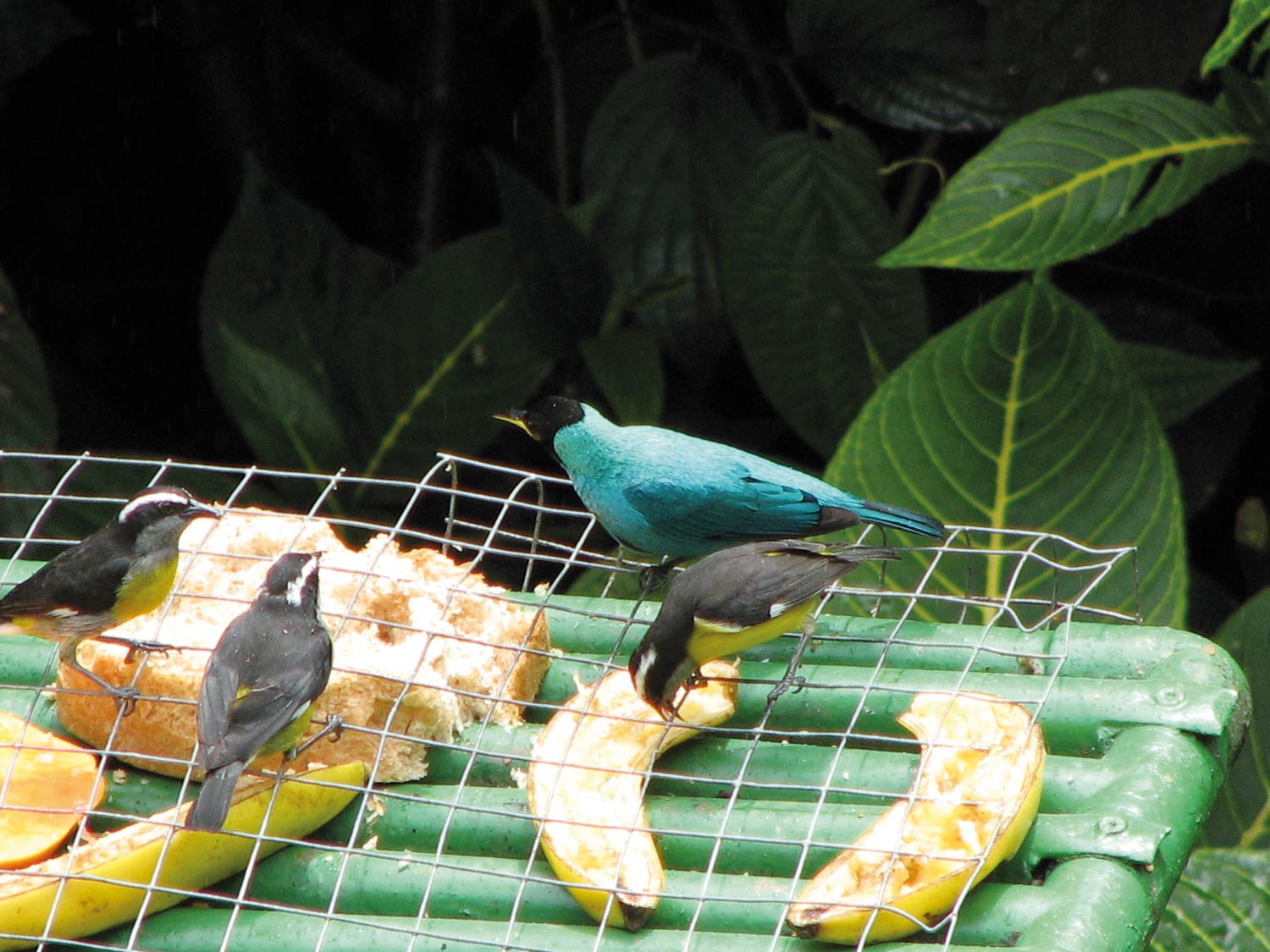Of all the countries of the Caribbean, Trinidad and Tobago boasts the highest number of recorded species of birds, with 468, according to Martin Kenefick, principal author of the recently published Birds of Trinidad and Tobago.
There are birds to be spotted throughout the Caribbean year-round, and rare birds to be found on every island. But Trinidad and Tobago is particularly blessed with avian activity because it’s so close to the South American mainland. There are nature sanctuaries on both islands, and birds roost in a variety of habitats.
Kenefick says: “Although the islands of St Lucia, Dominica, Jamaica and Cuba all have a variety of bird life, none of them have as diverse an avian population as Trinidad and Tobago.”
As an example, he said the islands boasted: “Seventeen types of hummingbirds. Sixteen of them are seen quite regularly, but there is one that is very rare and only seen every two years or so. There are two critically endangered species: the pawi, or Trinidad piping guan, and the white-tailed sabrewing, a large hummingbird which is only found in Tobago’s Main Ridge.”
The new book is the first to illustrate and describe every single bird recorded in the two islands whereas Richard ffrench’s Guide to the Birds of Trinidad and Tobago, the only other book on the subject, covers only part of the range.
The top five locations for bird spotting in the Caribbean, according to Kenefick, all of them in Trinidad, are the Asa Wright Nature Centre, the Caroni Swamp, the tidal mudflats at Waterloo, the Northern Range and Grande Rivière.
But he laments that habitat destruction is a threat to the bird population. “Deforestation, quarrying, the erosion of the Northern Range, the construction of Blanchisseuse and Matelot would be disastrous.”
How to bird-watch
• get a pair of binoculars. Make sure the strap is comfortable, as binoculars can be heavy and you have to wear that weight on your neck for hours at a time
• get a field guide
• go outside and start finding birds. The best time is early morning. Look for movement in trees and listen carefully for bird calls and whistles.
Different birds are spotted in different habitats: swamps, forests, mudflats, lakes, rivers, reservoirs, fields.
• make notes of your observations
• do not disturb nesting birds
• avoid stressing the birds by limiting the use of photography and playback devices
• respect private property
What to wear
Short pants and short-sleeved tops are suitable for roadside and seashore birding. Long pants and sturdy shoes (boots or sneakers) are great for forest or mangrove-swamp birding.
Also take along a hat, sun block, insect repellent, some type of lightweight rain gear (in case there’s a surprise shower), water and perhaps a light meal.
Birds are sensitive to noise and bright colours, so it is best to avoid noisy fabrics or colourful clothing.


















